
Digital transformation for the environment is not just about equipping equipment, but also about changing the way of thinking. Information technology infrastructure is the backbone, AI is the brain, but people are still the heart. It is necessary to build a team of environmental officers who are not only good at their profession, but also knowledgeable about technology, empathetic to the community, and dare to propose improvements, working with the heart, not just with the process.
Refresh your thinking, expand your coordination
Hanoi this morning is still foggy, still bustling with people. But something feels a little sluggish when looking at the surface of West Lake, once a symbol of peace, now under pressure from organic pollution, from accumulated mud at the bottom, from uncontrolled water discharge. In some rivers and lakes in the inner city, the water has changed color, the fish have stopped jumping, and the old ripples have been replaced by a somewhat heavy surface.
The Mekong Delta is also “thirsty”. Not thirsty for water, but “thirsty” for a mechanism to coordinate data from source to end; “thirsty” for a monitoring system that can forecast salinity hourly, by region; “thirsty” for people who understand that every drop of water, every gust of wind, every layer of alluvial soil needs to be listened to and appreciated.
Environmental monitoring is the eyes, ears, and senses of society in response to natural changes. But if it is not connected to the decision-making system, it is just “a sense without a reflex”.
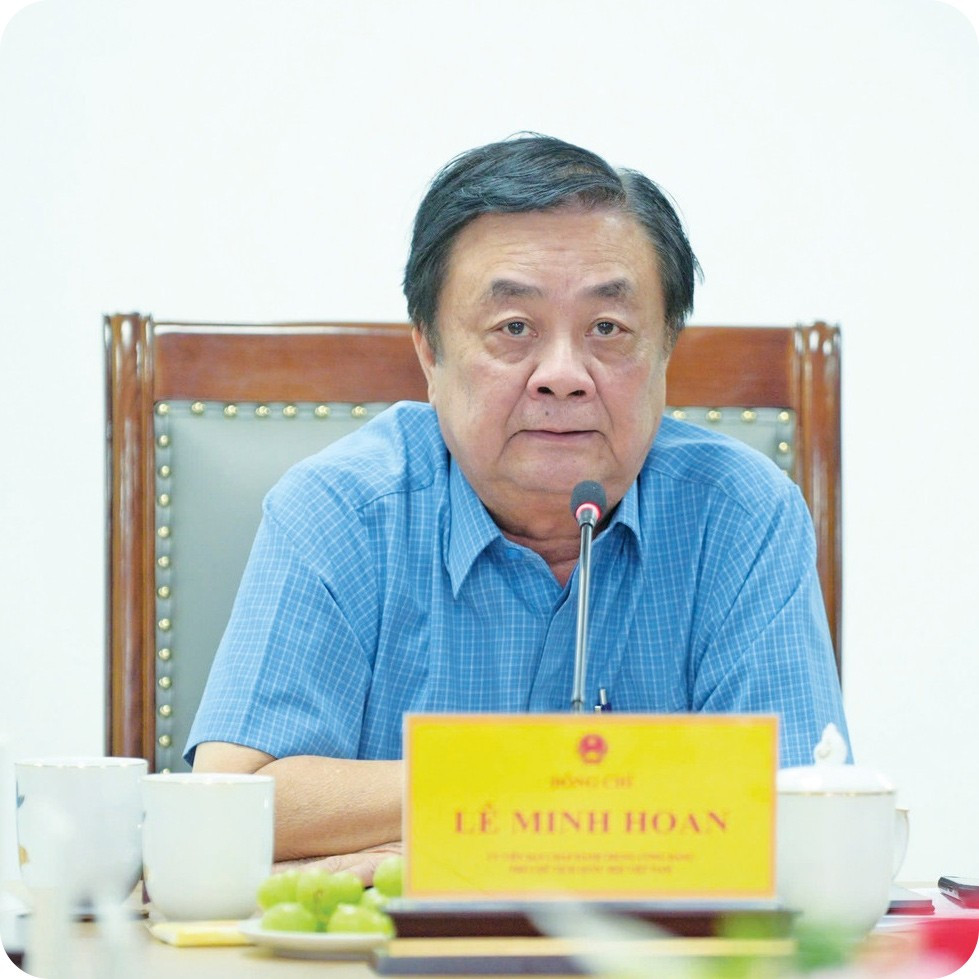
Only then can we imagine how important the environment is, and understand the mission of those who have devoted their lives to the environmental field, from managers to technical experts, and environmental engineers. To have a clean living environment for so many people is not easy in the context of the whole country focusing on economic development. The more we think, the more we admire those who quietly walk among the ordinary people in the hustle and bustle of life. Those people do not hold guns, do not wear armor, but day and night keep the land from being barren, the water from being turbid, and the air from being suffocating.
Environmental monitoring is the eyes, ears, and senses of society in the face of natural changes. But if it is not connected to the decision-making system, it is just “ a sense without a reflex” . Or for some reason it is not disseminated to the community, it is just “a bell ringing in silence”. And if it does not touch the hearts of the people, it is just “ dry data in the archive”.
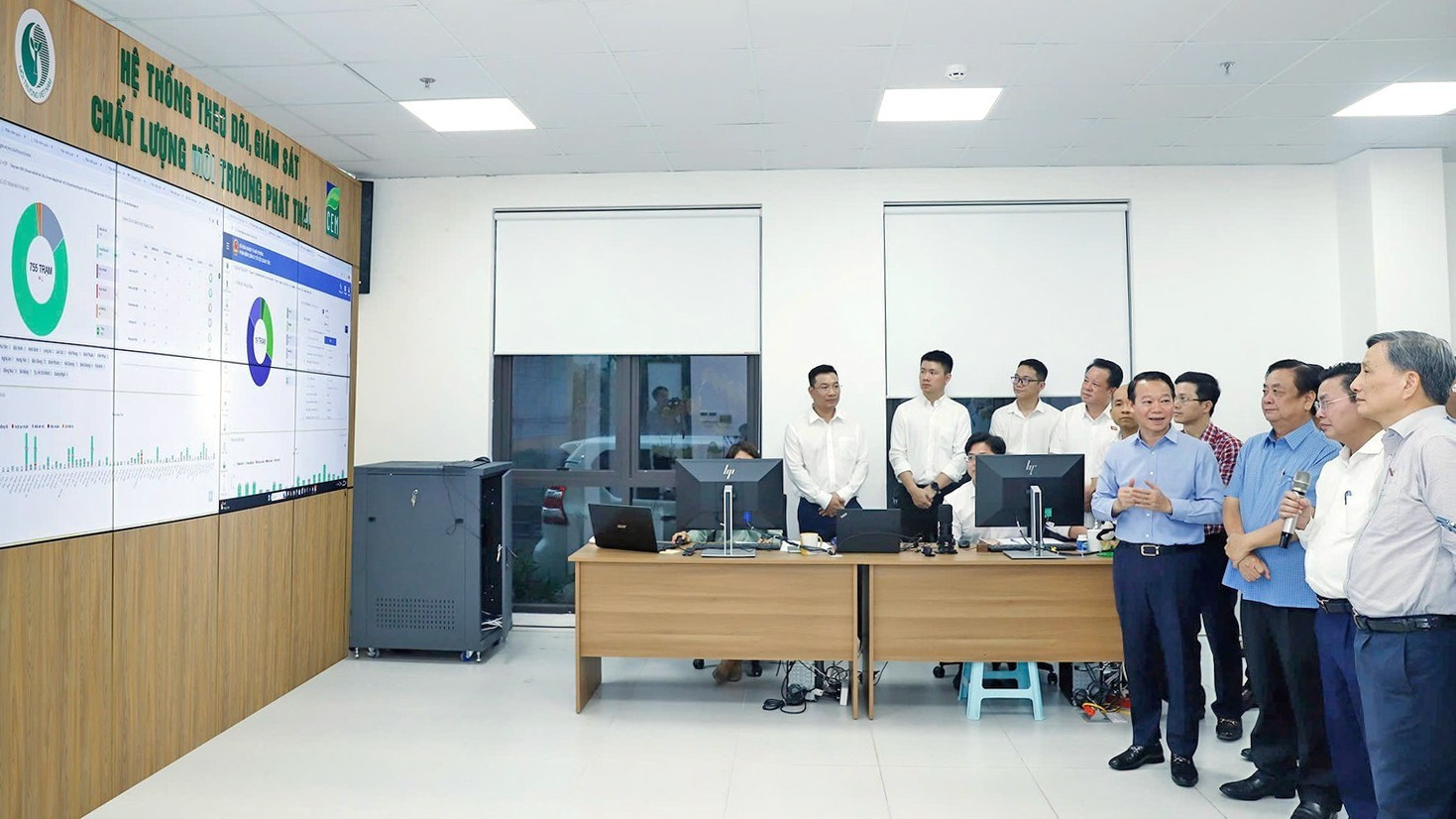

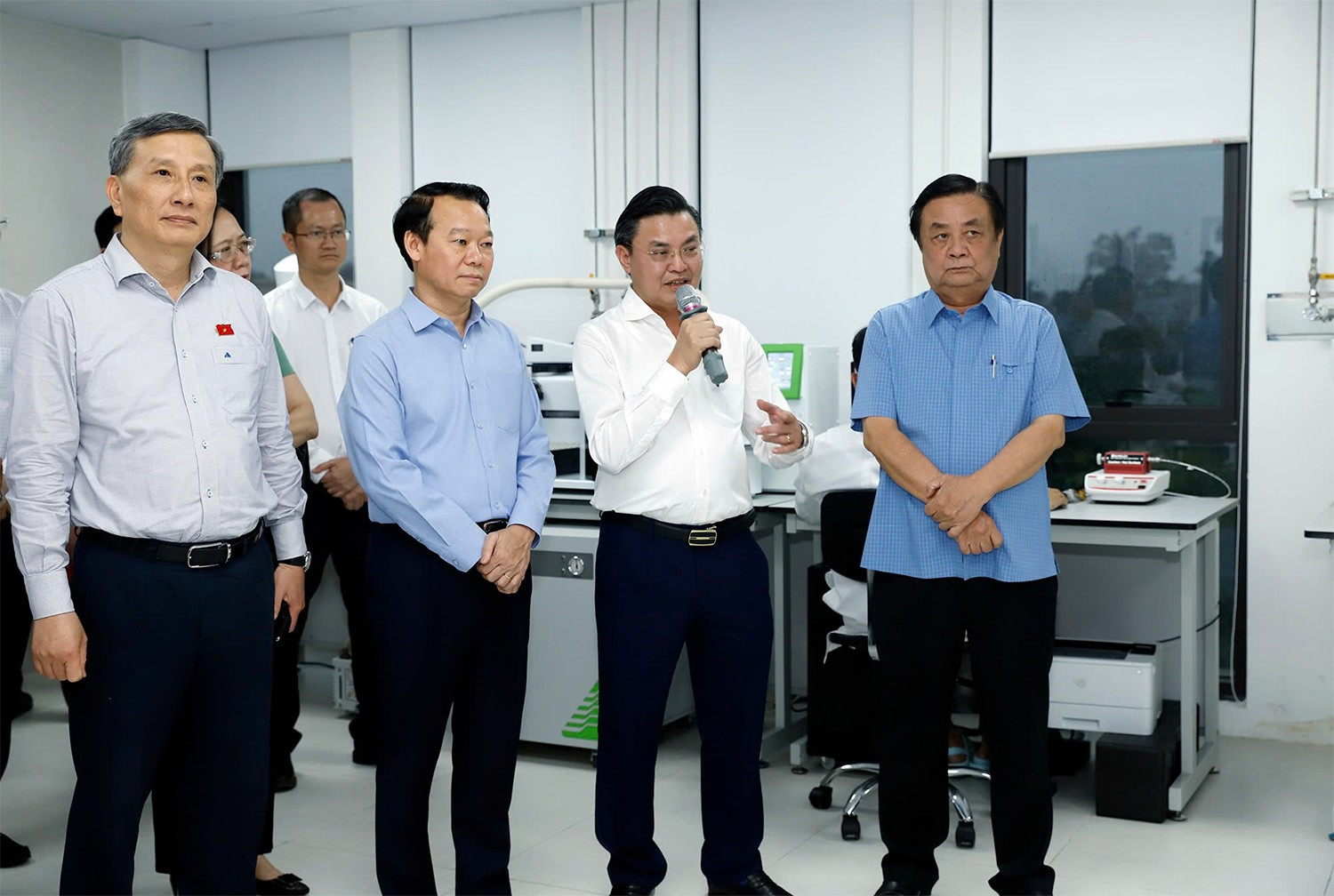
Vice Chairman of the National Assembly Le Minh Hoan and the monitoring delegation visited the laboratories at the Northern Environmental Monitoring Center - Hanoi, April 21, 2025. Photo: Thanh Chi
It is time to change the approach. That is, from “ measure to report ” to “ measure to predict and proactively respond”. That is, from “ data for experts” to “ data for the whole society to act together” . That is, from “ reacting to incidents” to “ AI-based prevention and early warning”.
And to do that, monitoring cannot lack multi -disciplinary connections. Environmental data must intersect with health to warn of epidemics from water and air pollution. Must be connected with education , so that each student knows how to see the air quality index as a life skill. Must be connected with agriculture , so that farmers know how to adjust crops according to actual salinity, humidity, and temperature. And especially, must be linked with the community - where people are living sensors, the eyes and ears closest to nature.
Digital transformation is the lever, people are the center
AI, sensors, big data - all are tools to support environmental monitoring work more accurately, more widely, and further. But tools cannot replace the capacity and dedication of people - the experts working in environmental management agencies, in departments of the National Environmental Monitoring Center. A modern monitoring system will hardly be able to fully utilize its effectiveness if the operator only sees it as a job. But if the operator understands that he is helping to protect the lives of many generations, then each measurement operation, each data line becomes a meaningful action for life.
It is necessary to issue a legal framework for the connection of environmental data between sectors, creating conditions for a comprehensive environmental governance model. Pilot research on “ Community Monitoring” areas, where people are provided with simple devices and applications to record, reflect and monitor together. Research on investment policy mechanisms to train a team of “ environmental data engineers” - those who are capable of processing data, modeling, and making policy recommendations. Aim to build a National Living Environment Map , integrating multi-layered data - from air, water, soil, noise quality to natural disaster risks - to serve community management and education. This is an indicator to enhance the local image such as the people's satisfaction index, or the happiness index.
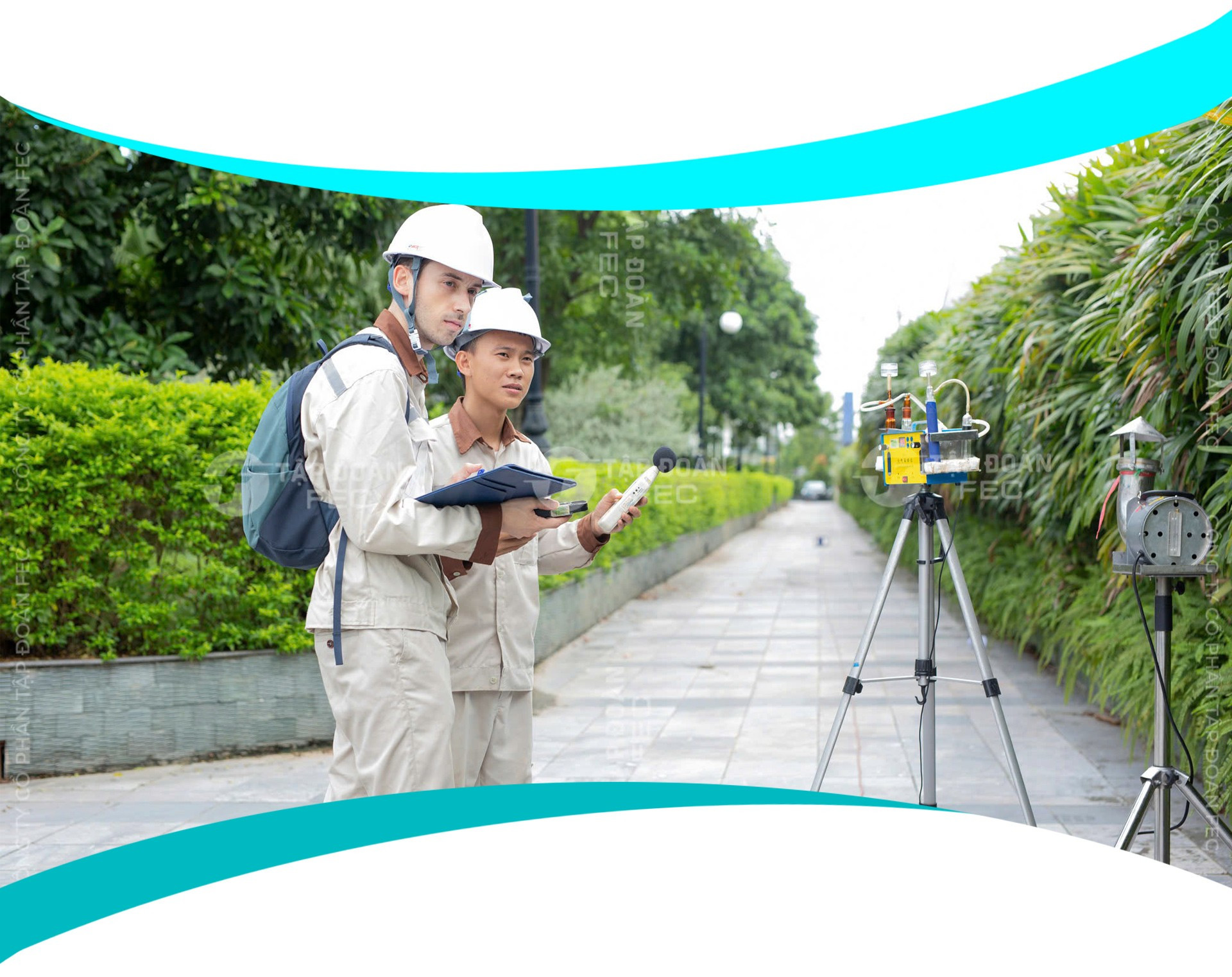
A new approach is needed, technology is no longer the “rear”, but must be the “front line” in environmental management. Moving from manual - distributed monitoring, to intelligent, integrated and decision-making monitoring systems. Currently, there is a system to receive data from hundreds of automatic monitoring stations across the country. Every second that passes, data about air, water, and soil is flowing to the processing center. But for data to not only be “ technical truth” but also become “ public , transparent and useful truth to the community ” , we need stronger information technology infrastructures.
Modern reception - analysis - monitoring systems need to make progress. Real-time publication of air quality index (AQI), not only at the central level but also at district and commune levels, to help people adjust their daily behavior, such as exercise time, school time.
Research on integrating multi-layered, multi-dimensional environmental forecasting, not just current data, but a model to forecast air quality, water, salinity, and acidity in the next 48-72 hours, like the weather forecasting is doing. Comprehensively monitor the automatic monitoring station system, detect faulty stations, disconnected stations, intervene promptly, ensure continuous data for analysis and warning. Apply AI to detect abnormalities from real-time data when the index exceeds the threshold, there are signs of poisoning, or unreasonable discharge sources, the system needs to give early warnings, support remote management.
Toxicology analysis system, especially dioxin. Dioxin monitoring and analysis is not only a scientific responsibility, but also an ethical responsibility to the lands that were destroyed by war. The analysis infrastructure needs to be modernized, the monitoring network at hot spots needs to be expanded for sustainable ecological restoration. Monitoring to draw accurate conclusions and those conclusions ultimately aim at the ultimate goal of a “green Vietnam” on the world map.

Connecting the system - Public communication - Promoting action. A good system must be connected across sectors: from the Center to localities, from environmental data to health, education, agriculture. But equally important is to widely publicize to the community, so that all people can know what the AQI is today in their locality? Will the salinity at the river mouth increase next week? Which areas are under pollution warnings? That is not only specialized data, but also vital information for people.
Digital transformation for the environment is not just about equipping equipment, but also about changing the way of thinking. Information technology infrastructure is the backbone, AI is the brain, but people are still the heart. It is necessary to build a team of environmental officers who are not only good at their jobs, but also knowledgeable about technology, empathetic to the community and dare to propose improvements. When the art of listening is combined with the power of technology, when data becomes action, when each monitoring officer does not just look at the measuring device, but also looks far into the future of their children and grandchildren, then we are doing environmental work with our hearts, not just with processes.
Environmental monitoring needs to provide specific , easy- to -implement actions . Not only warnings, but also clearly stating what people should do: " Today the fine dust is high, you should wear a medical mask when going out, close the windows, turn on the air purifier if available". Or " When water has a strange smell - do not use it for cooking, immediately notify local authorities". Combining technology - digital applications , building a real-time warning app with easy-to-understand icons. Send warnings via SMS, Zalo, Facebook Messenger according to geographic location. Communicating to the community through creative forms: Short plays, quizzes, drawing contests, school radio, ward loudspeaker bulletins.

Visiting the Northern Monitoring Center, you will learn more about new technologies in environmental monitoring. Learn more about the spirit of dedication and silence, contributing to preserving a clean living environment for one hundred million Vietnamese people. Learn to distinguish between organic carbon and black carbon. The story of the two types of carbon above is not a technical concept but is very useful for the Project of 1 million hectares of high-quality, low-emission rice cultivation area, associated with green growth in the Mekong Delta.
The environment is one of the sustainable development triangle: Economy - Environment - Society. The environment is also one of the standards for measuring the level of sustainable development and the impact of businesses on the community, in addition to social and corporate governance (ESG) standards.
Finally, if anyone is still hesitating between economic development and environmental protection, remember the statement of an expert: "Try counting money while... holding your breath and you will know!" And, each of us needs to know that a part of this earth was once preserved by very quiet people, those are environmental monitoring officers.
Source: https://daibieunhandan.vn/chuyen-doi-so-vi-moi-truong-doi-cach-nghi-lam-moi-truong-bang-trai-tim-post411254.html






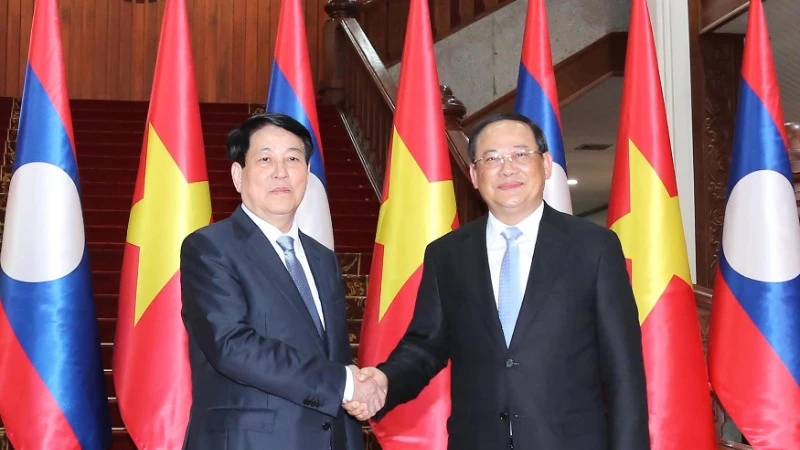
![[Photo] President Luong Cuong meets with Lao Prime Minister Sonexay Siphandone](https://vstatic.vietnam.vn/vietnam/resource/IMAGE/2025/4/25/3d70fe28a71c4031b03cd141cb1ed3b1)
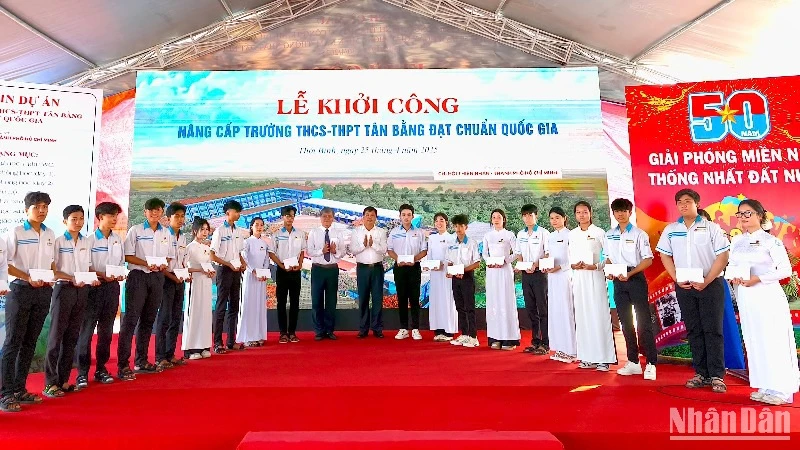

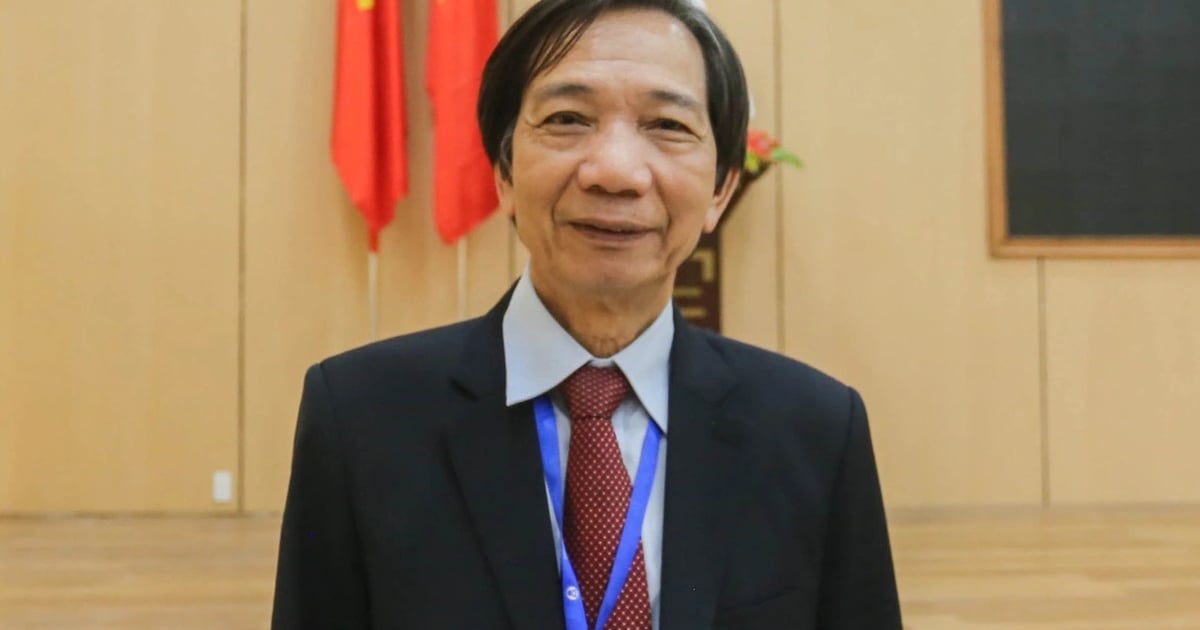
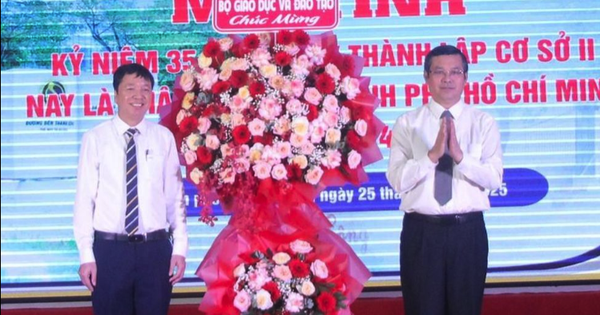



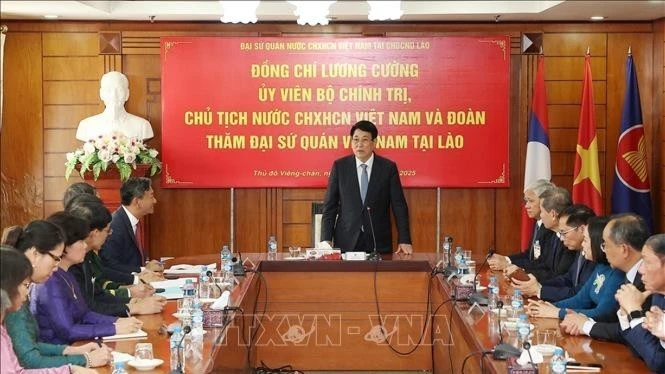
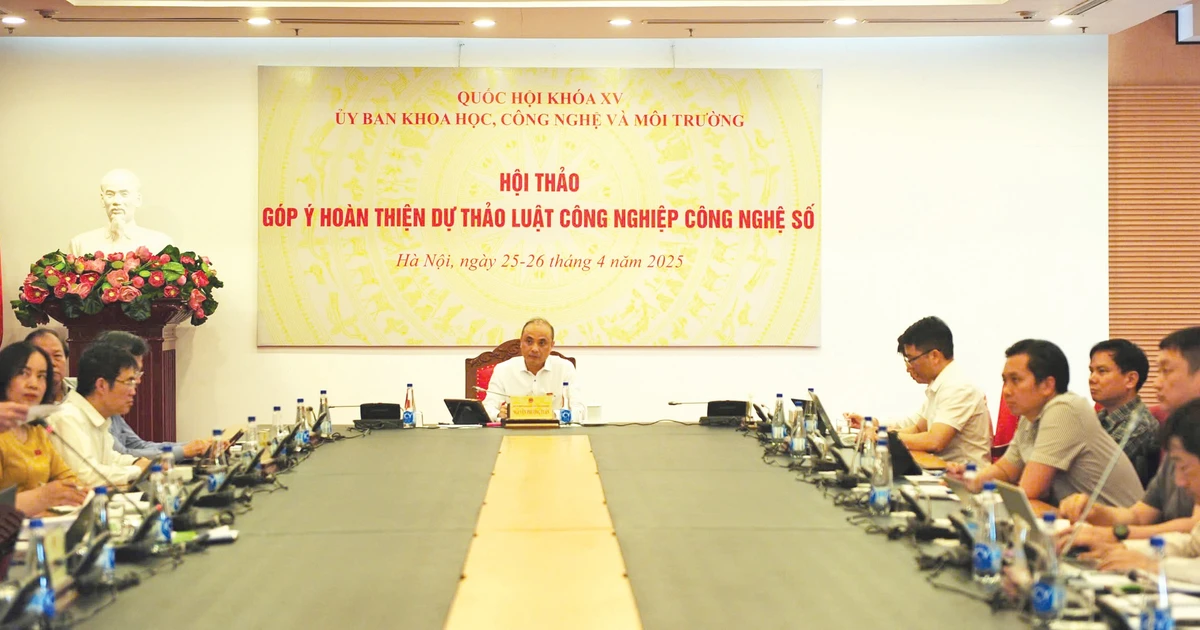
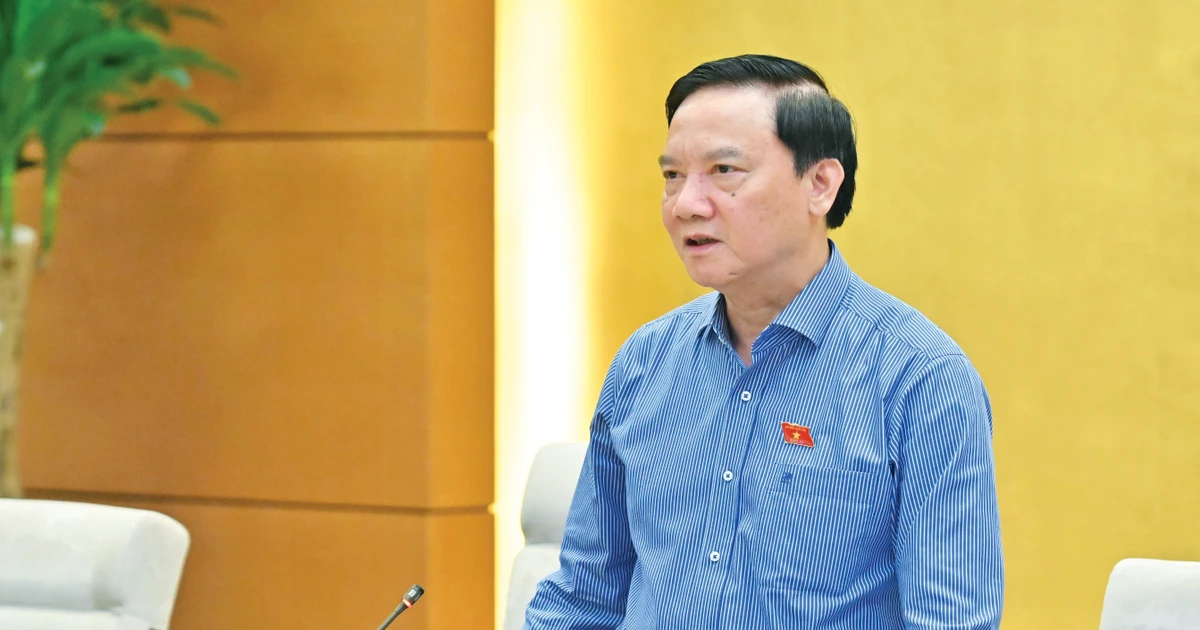

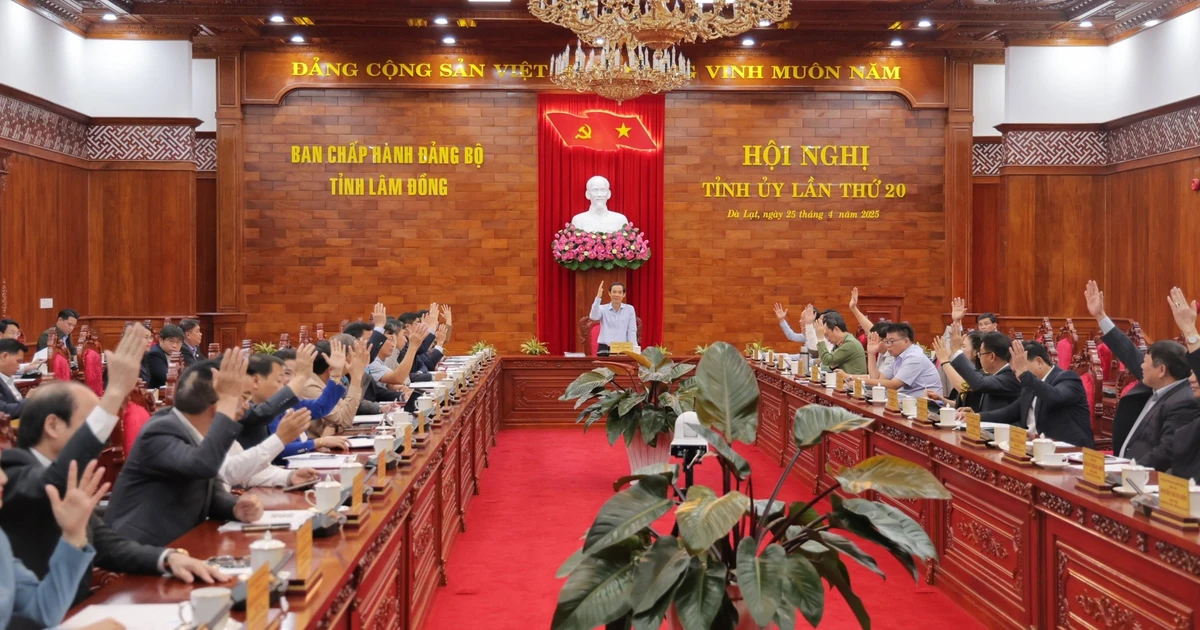
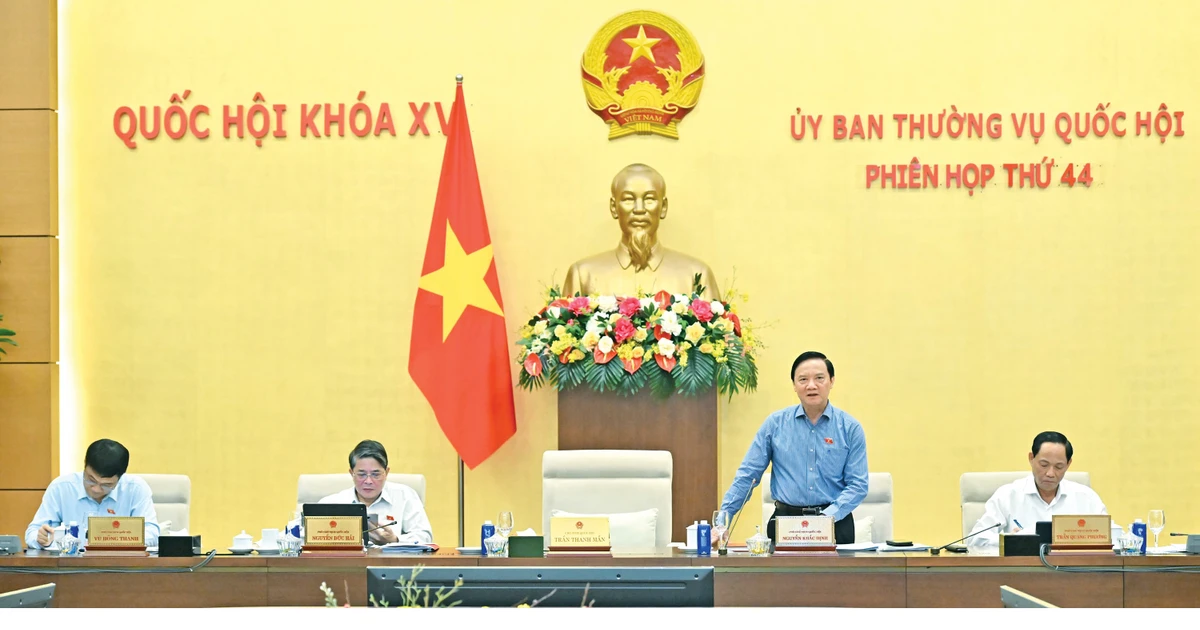
![[Photo] Ho Chi Minh City welcomes a sudden increase in tourists](https://vstatic.vietnam.vn/vietnam/resource/IMAGE/2025/4/25/dd8c289579e64fccb12c1a50b1f59971)

![[Photo] Liberation of Truong Sa archipelago - A strategic feat in liberating the South and unifying the country](https://vstatic.vietnam.vn/vietnam/resource/IMAGE/2025/4/25/d5d3f0607a6a4156807161f0f7f92362)
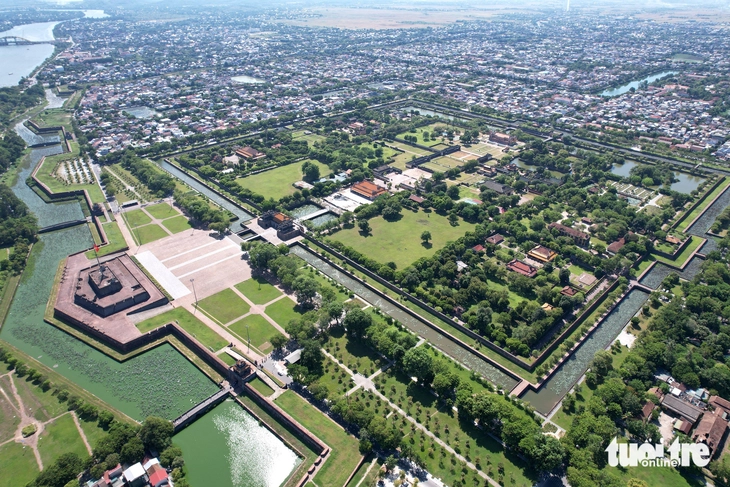






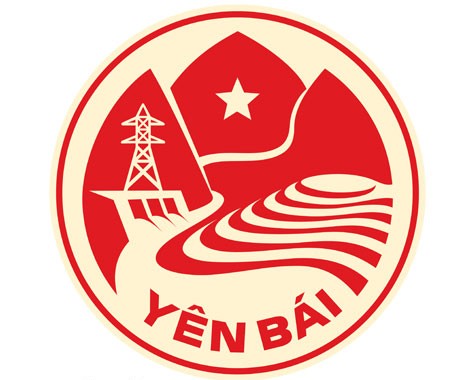
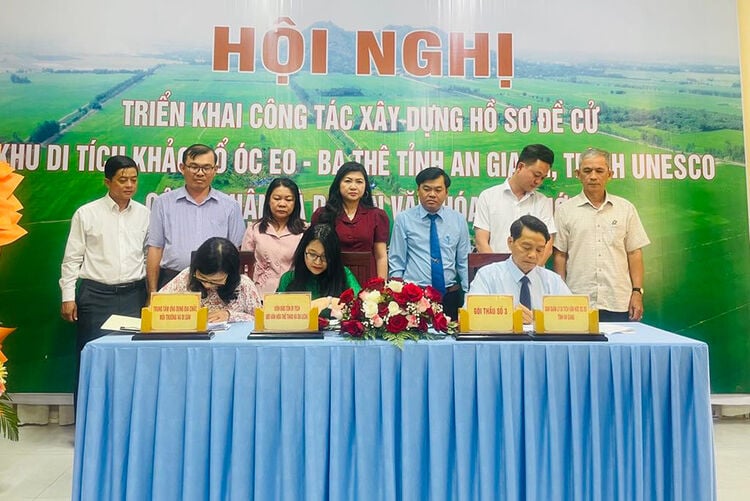







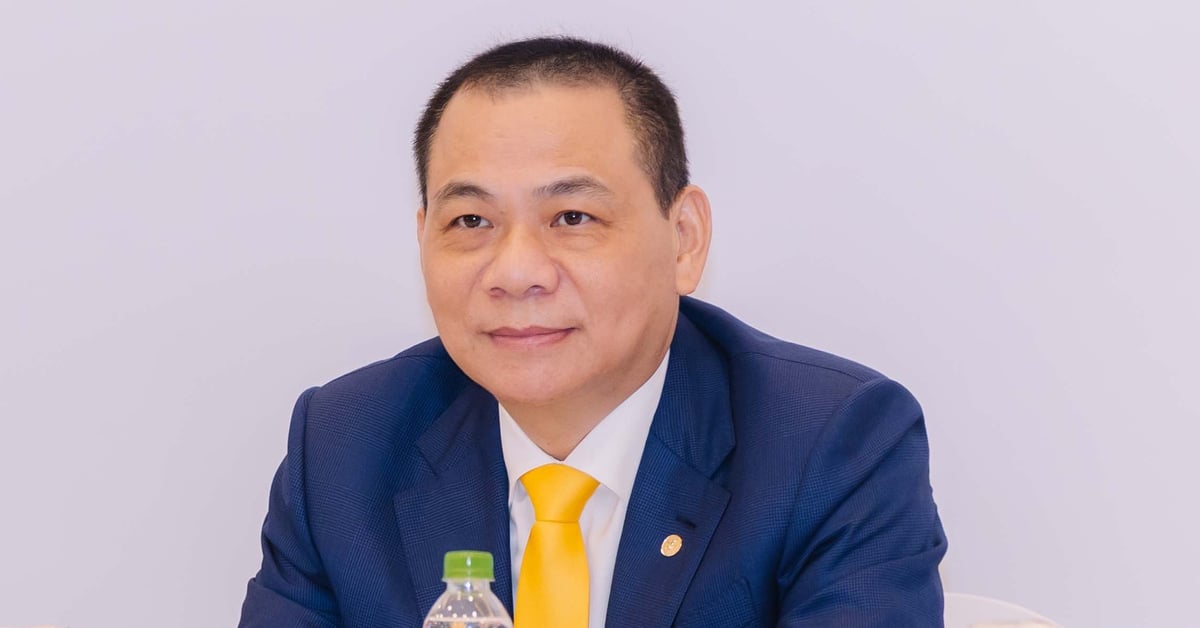



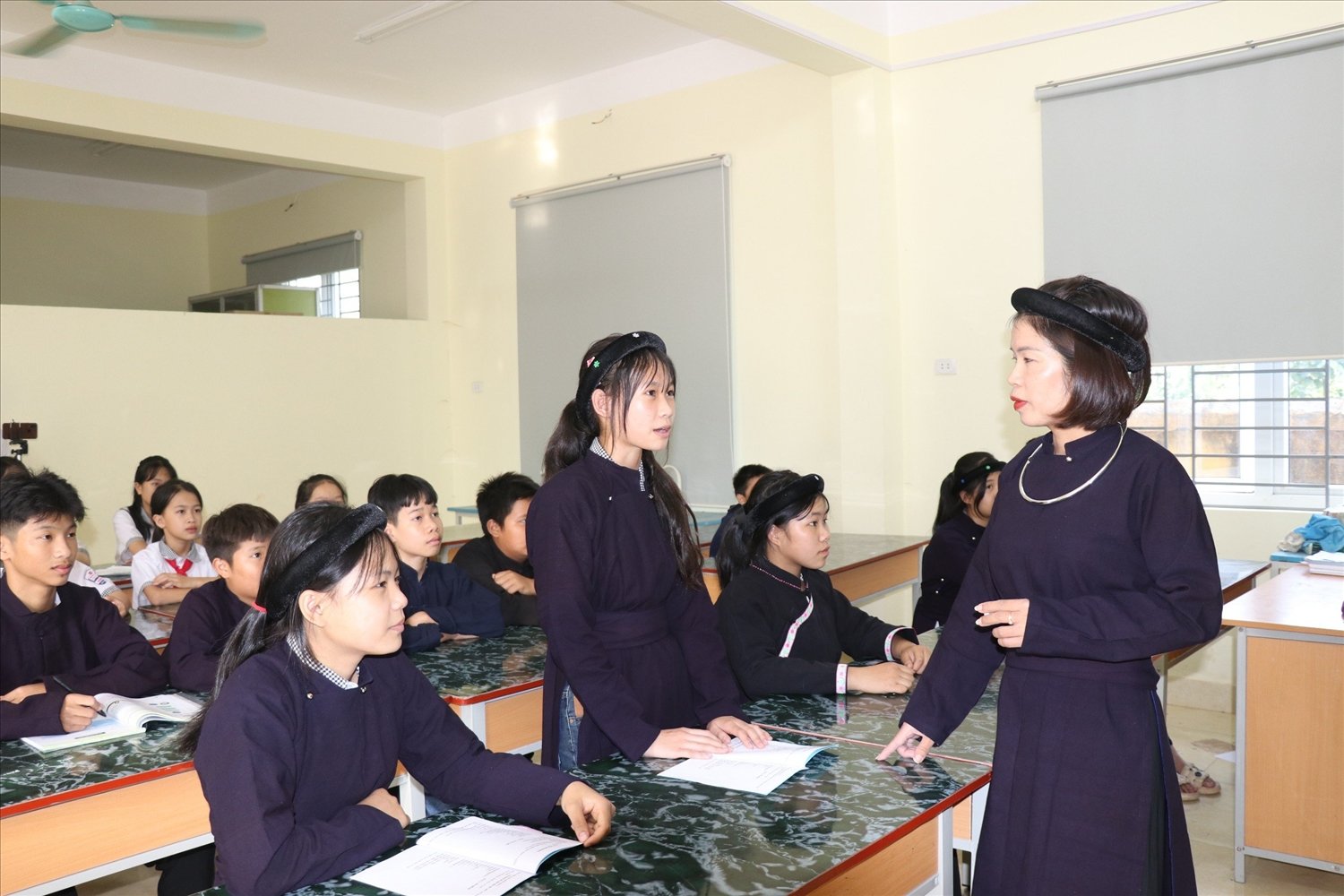






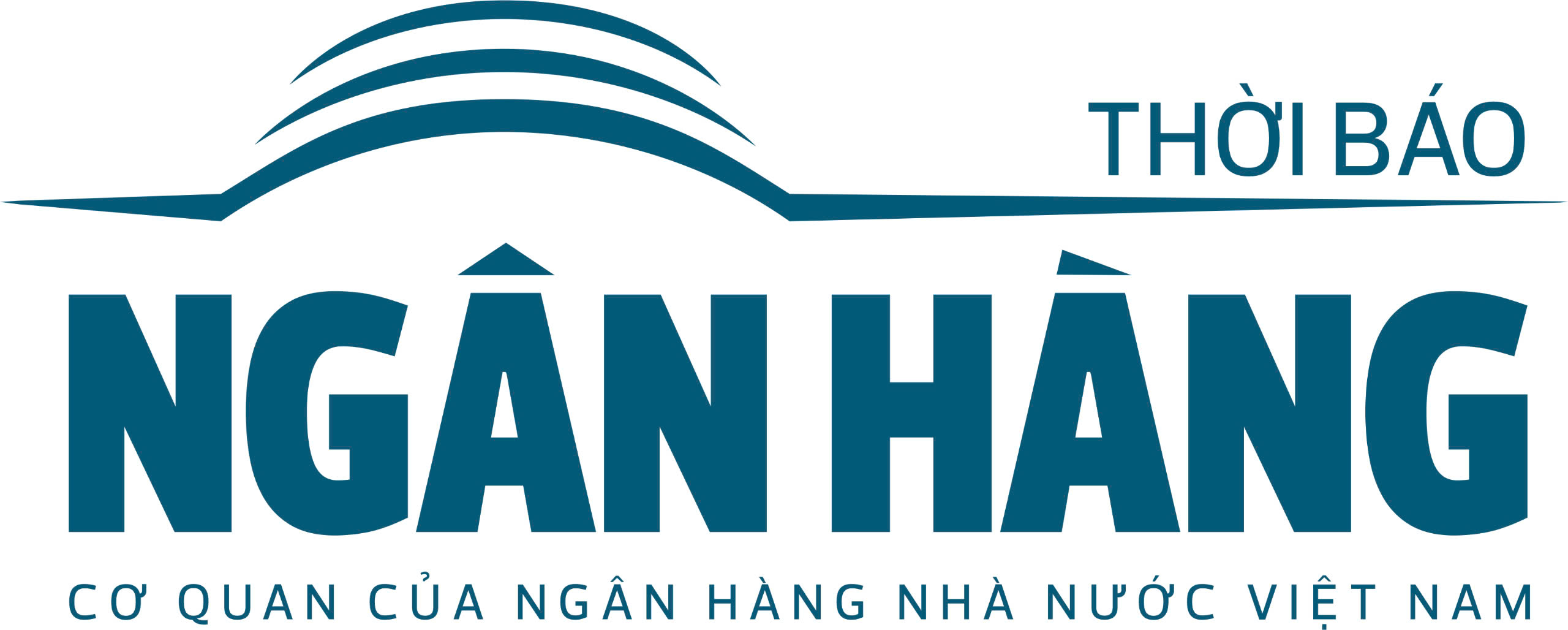
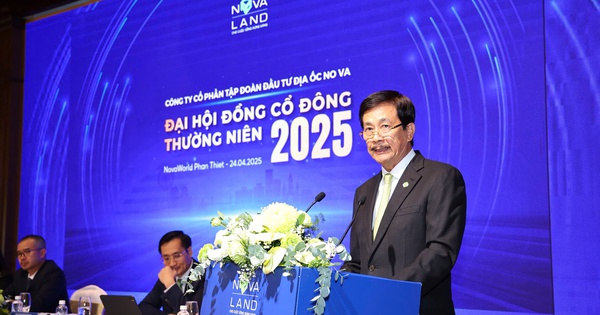

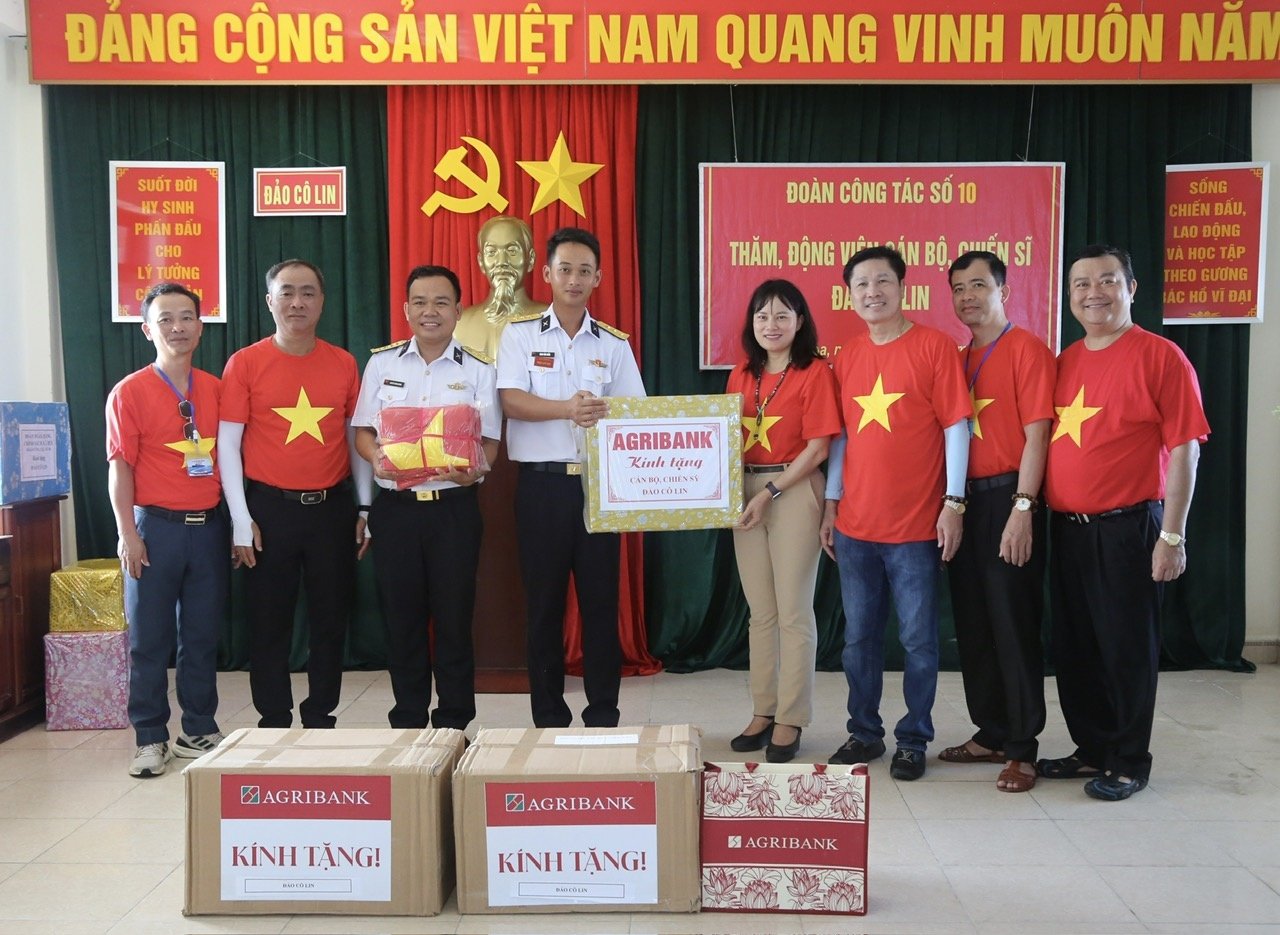
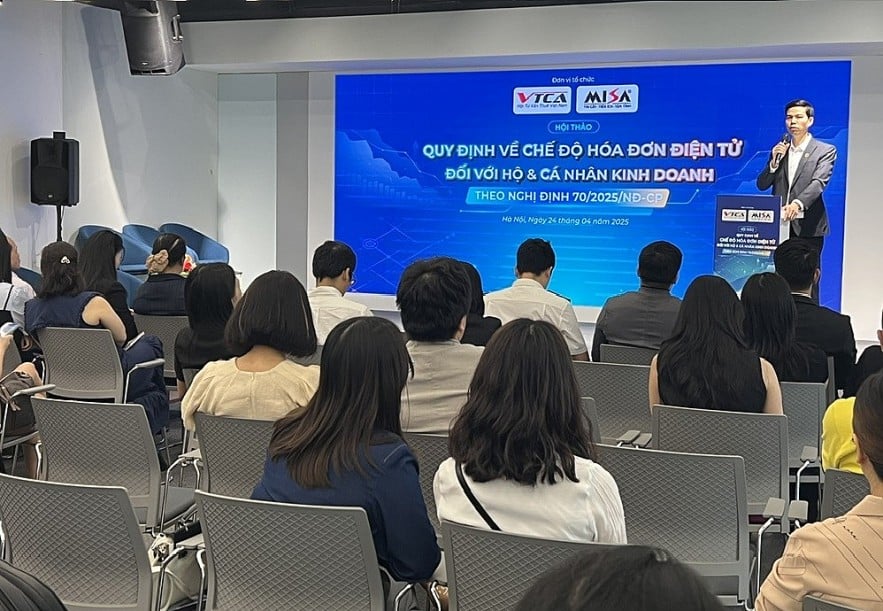



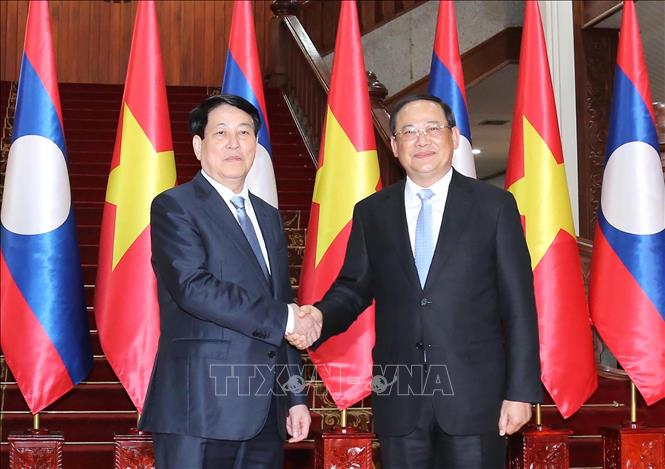
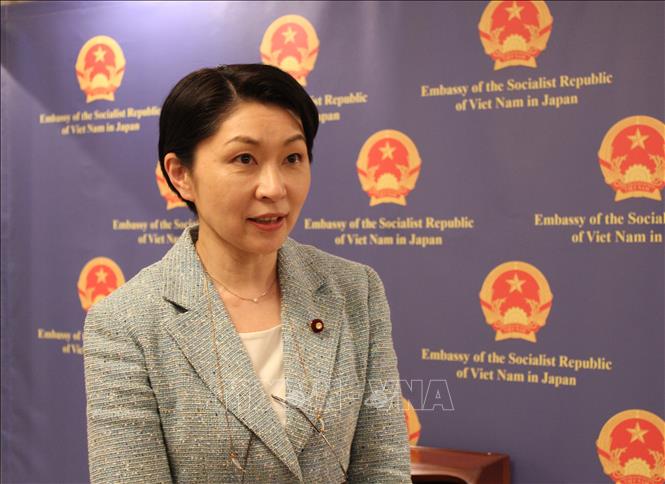
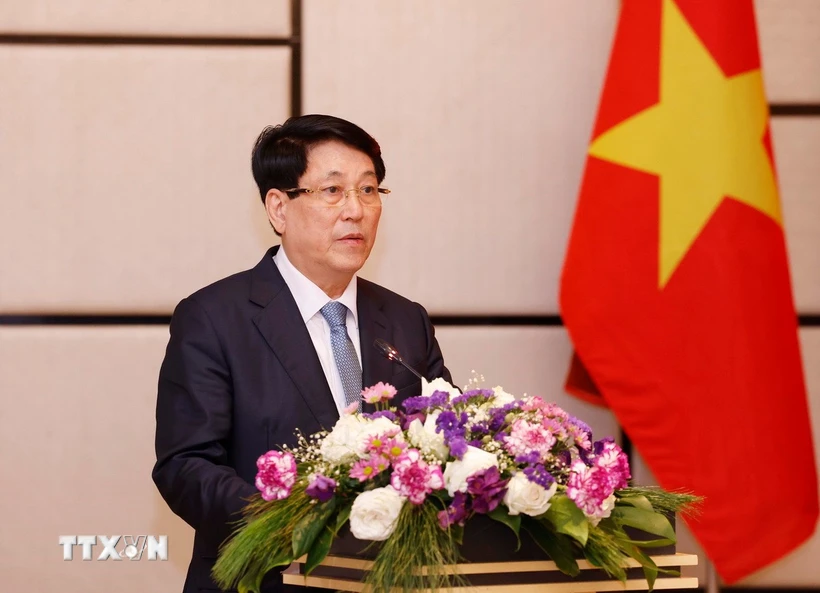



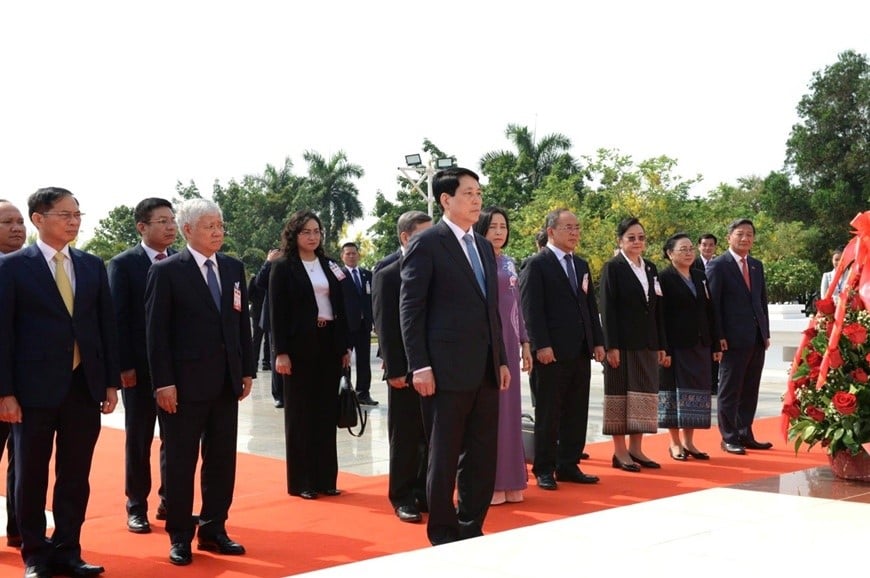







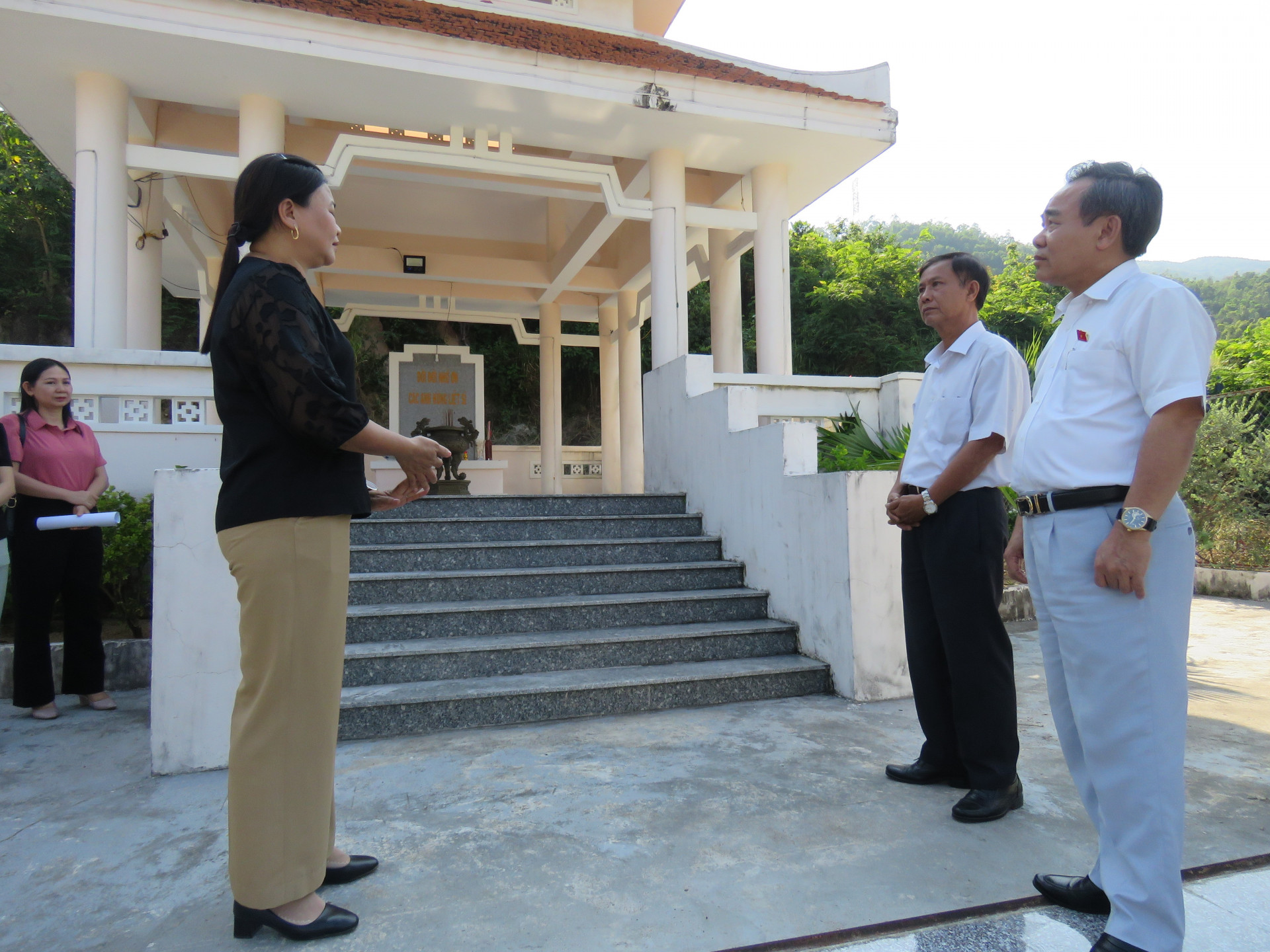

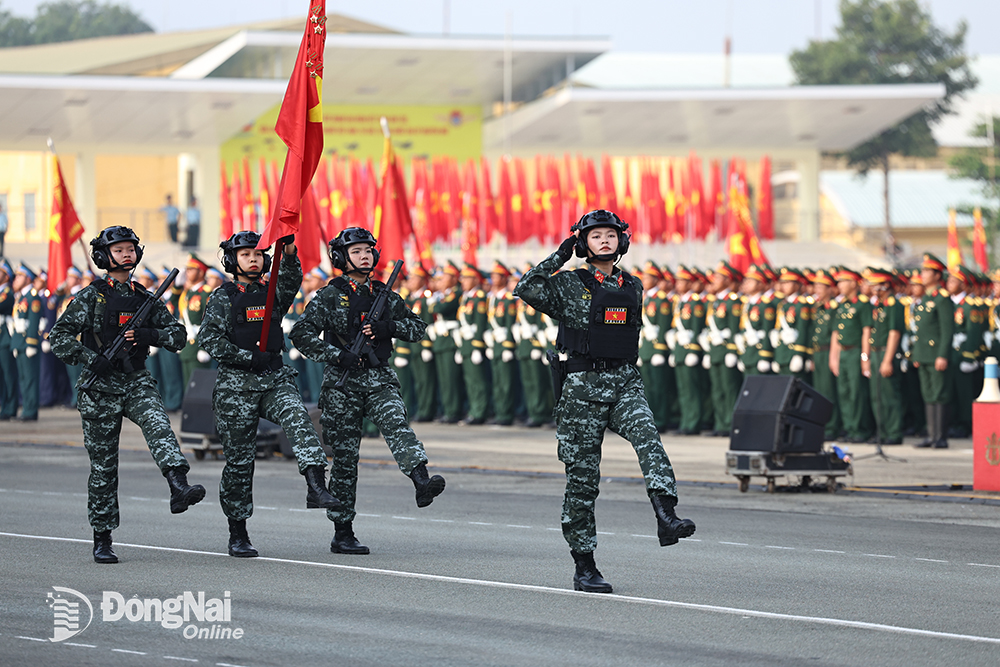

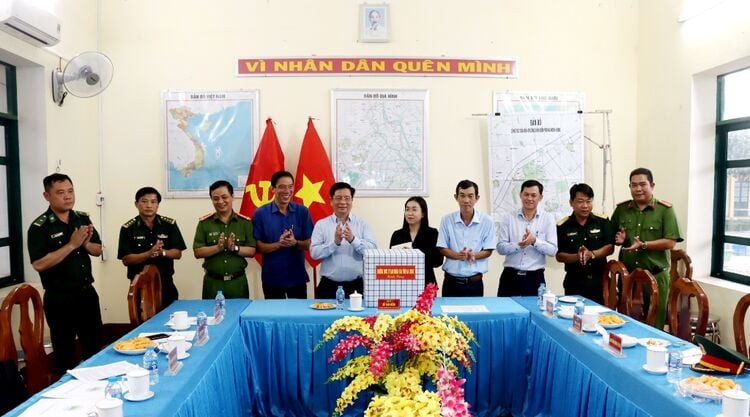
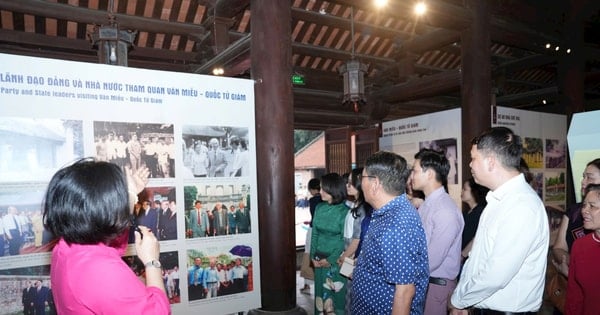




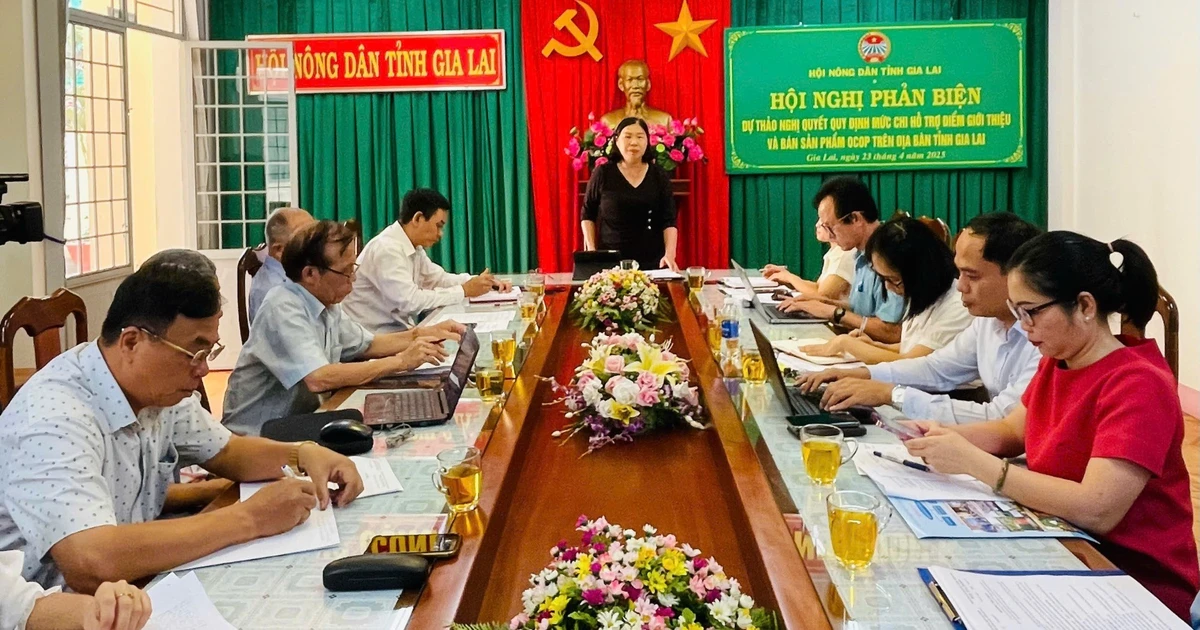









Comment (0)